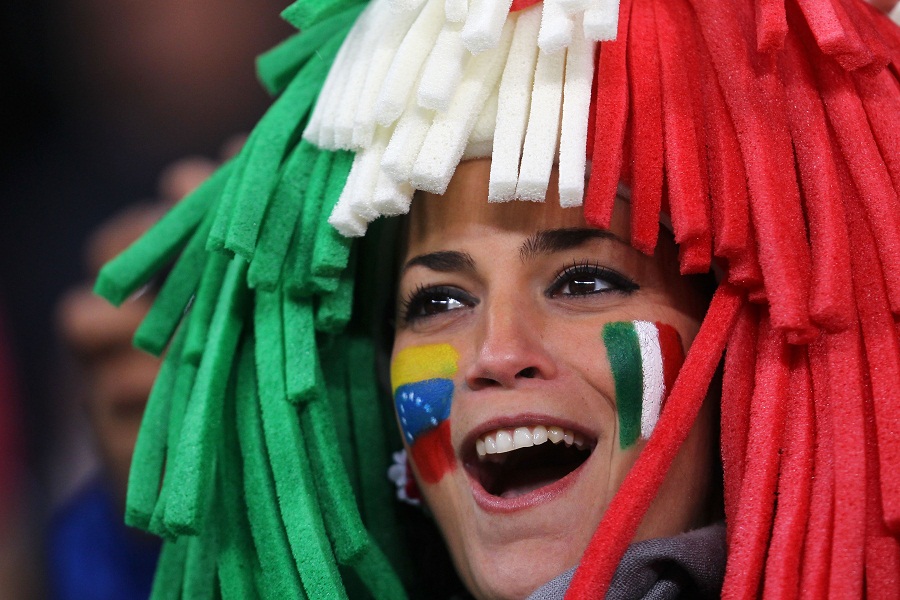There is a new magazine in Australia called Segmento, whose aim is “promoting awareness of what Italians think, feel and do“, as the Consul General of Italy in Melbourne Marco Maria Cerbo stressed in his welcoming message for the first issue published just a few weeks ago.
If it is true that Segmento wants to embrace the Italian culture in its entirety, what readers might appreciate the most are its precious tips to learn Italian language. The first issue focused on Ciao, one of the most common-used Italian greeting mutuated by the English-speaking world. Well, the first thing that Segmento explains is that ciao is not just a greeting, rather a very complex word hiding dozens of different meanings.
The most common meanings of ciao are of course hello or goodbye, but it interesting to learn that historically this word comes from the Venetian dialect “s-ciavo” (slave) that, in the 17th century, was used by servants to greet their owners, reminding them the fact thet they were their slaves and awaiting for their orders. Considering its origins, it is a bit surprising to realize that ciao, today, is a very informal, friendly and confidential greeting.
As Segmento explains, the word ciao carries several other meanings. For example, it can be used as a (positive) exclamation of resignation: va beh, ciao! means something like oh well, never mind!. If ciao ciao is an even friendlier way of saying goodbye, ciao ciao ciao or ciao ciao ciao ciao means bye, i’m in a hurry!. Sì, ciao! is a very common expression to show sarcasm, meaning somethink like that’s totally wierd!. Finally, when pronounced with a long a such as ciaaao, it means hello, I’m so glad to meet you!.
Although most of foreigners enjoy using ciao just for simple greetings, Segmento tips might help them to employ this simple work in many other occasions.
Follow @castaritaHK

